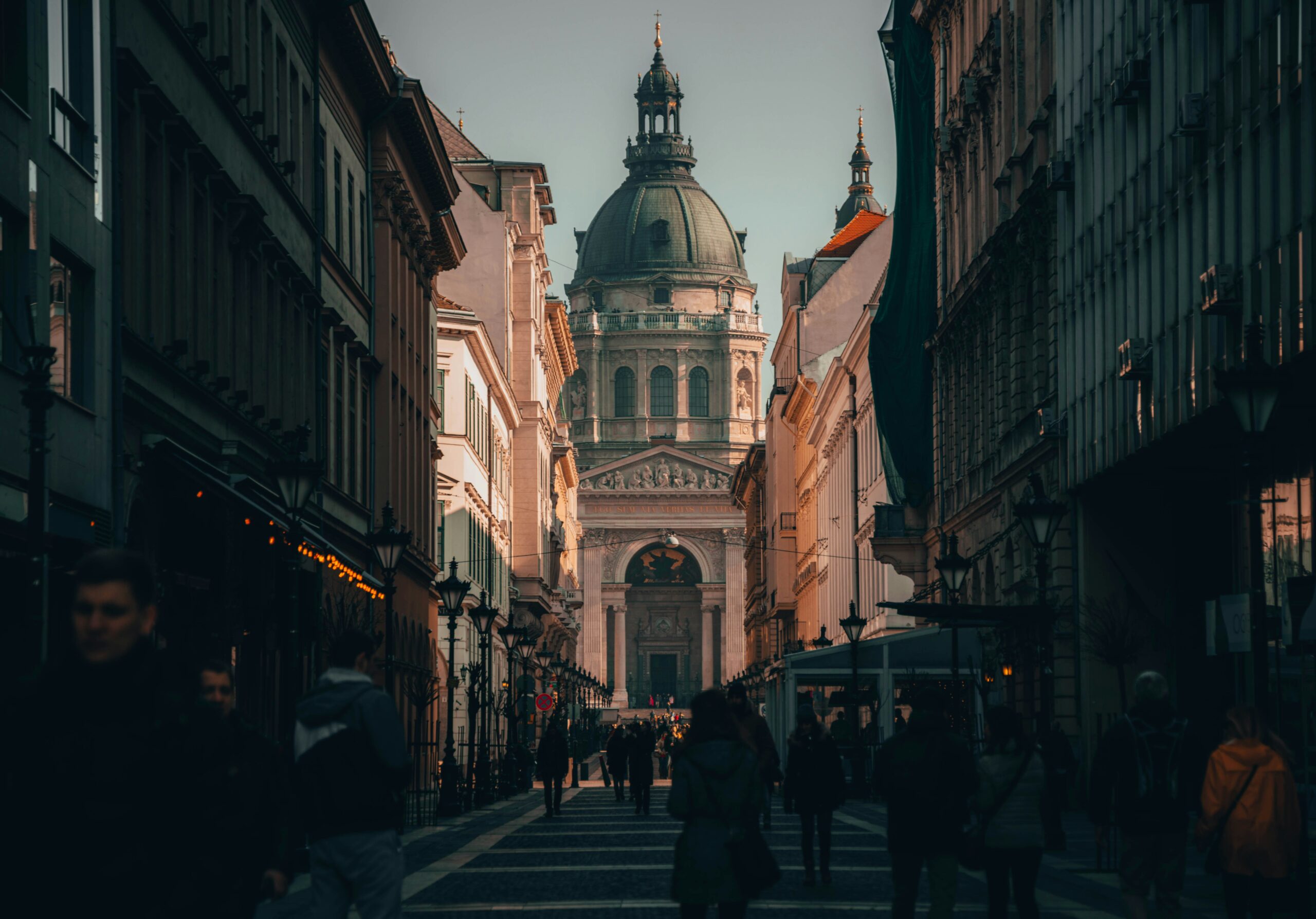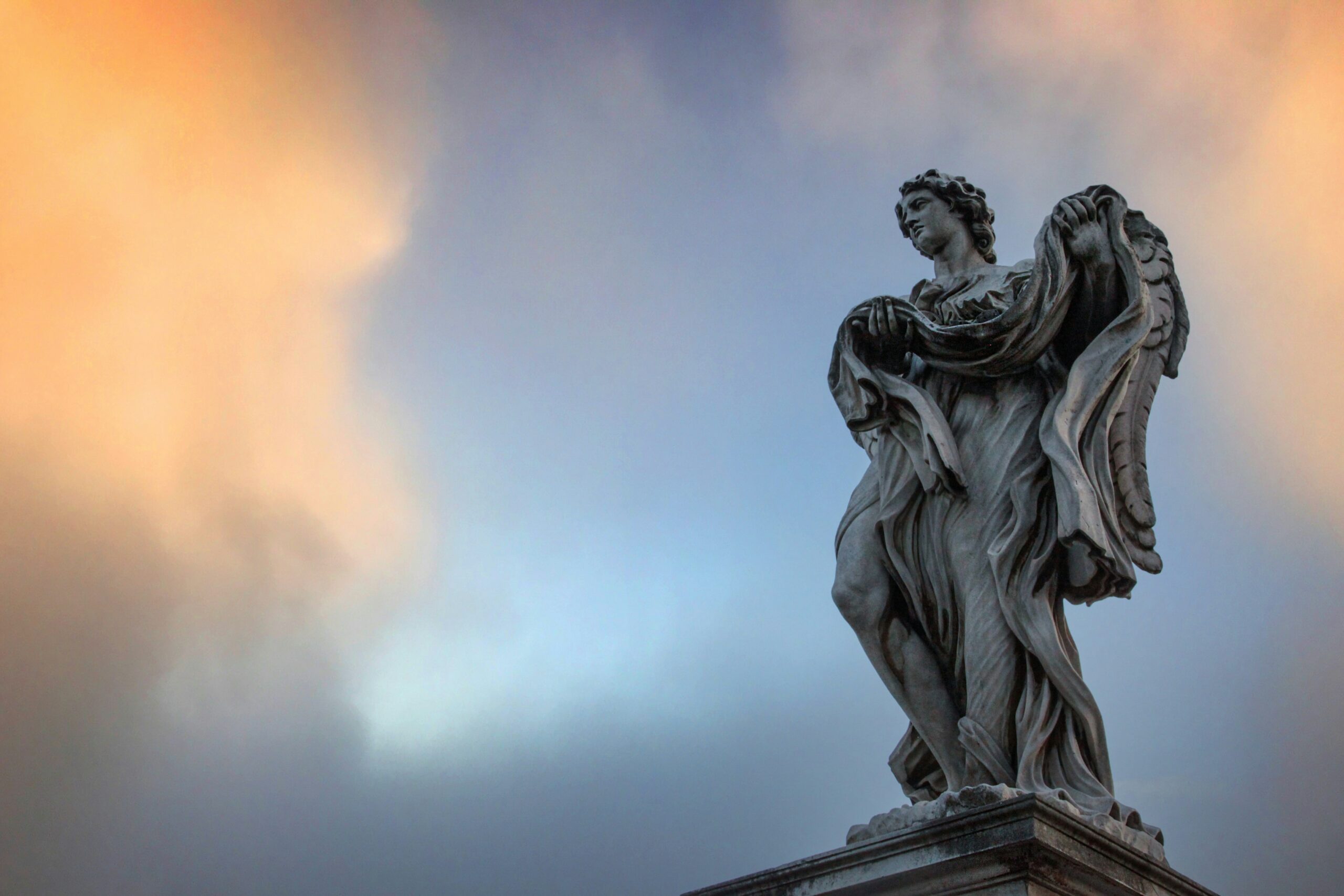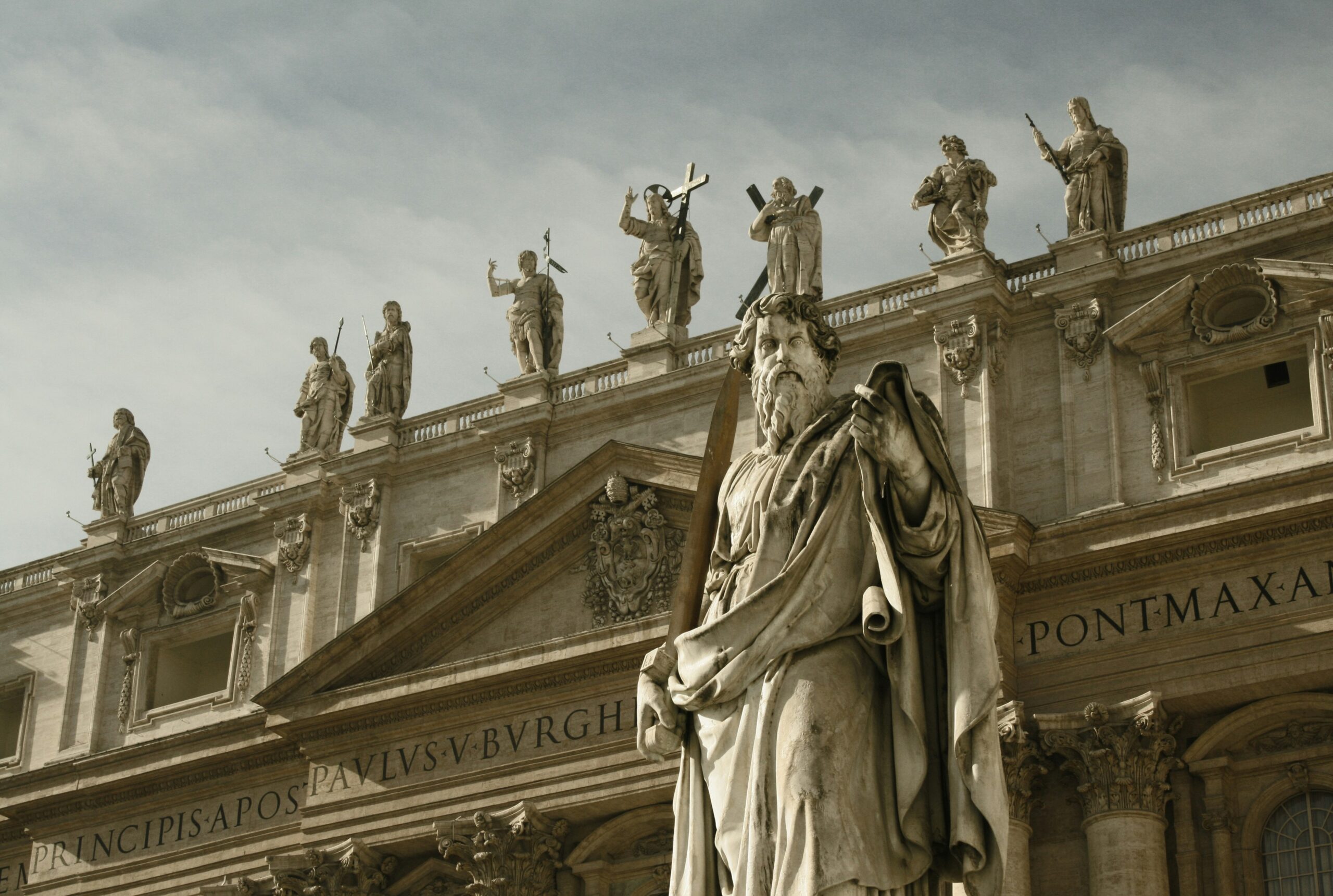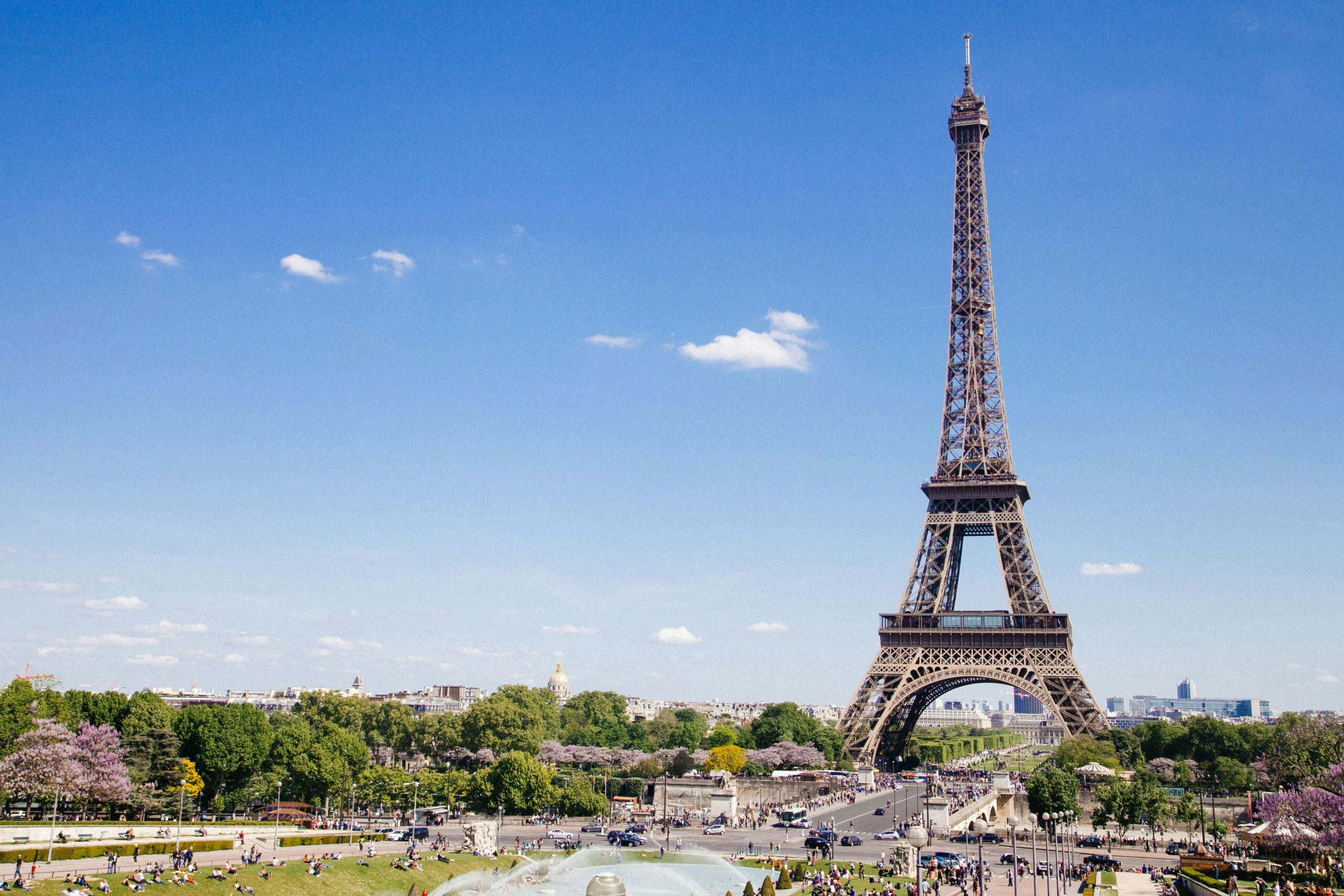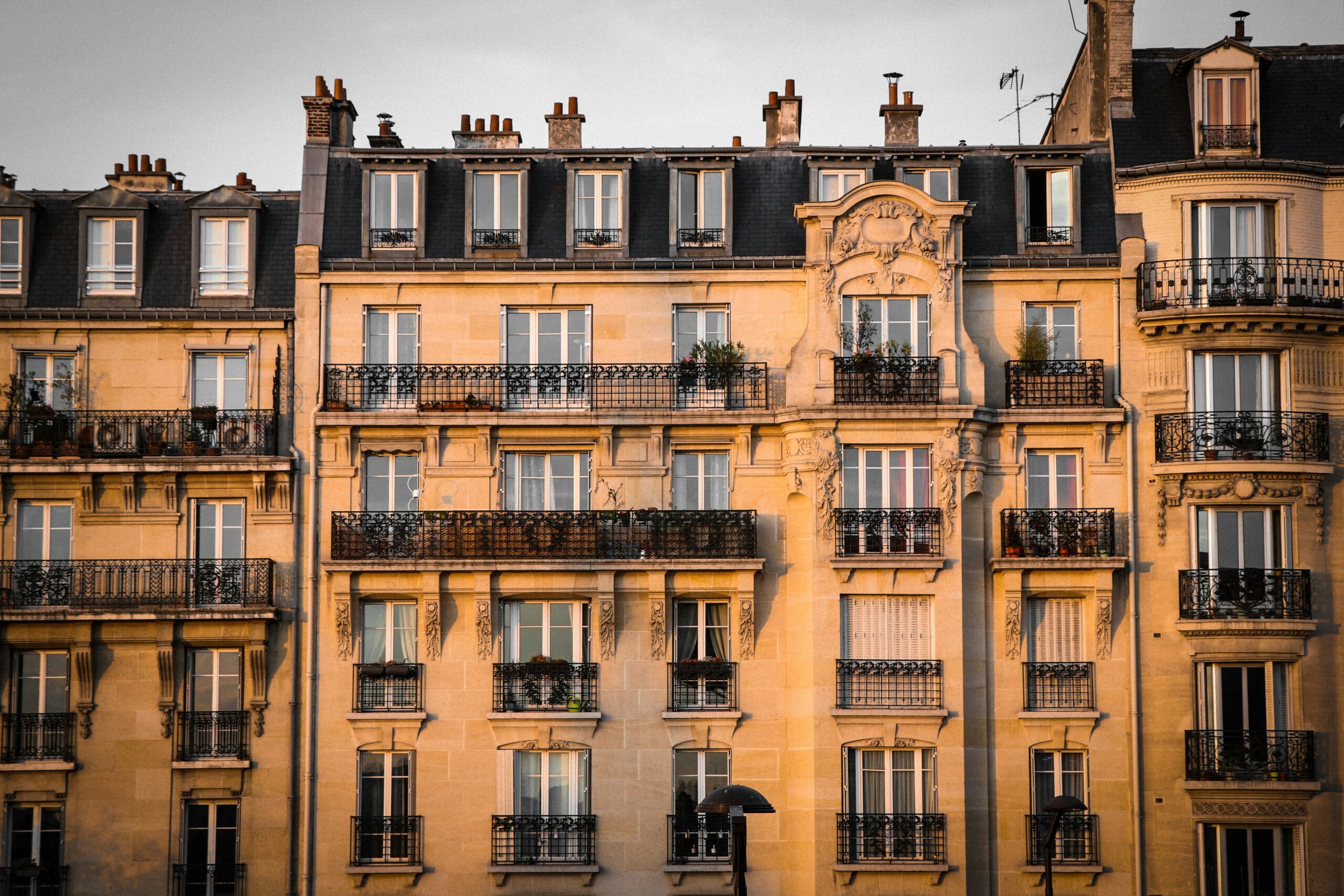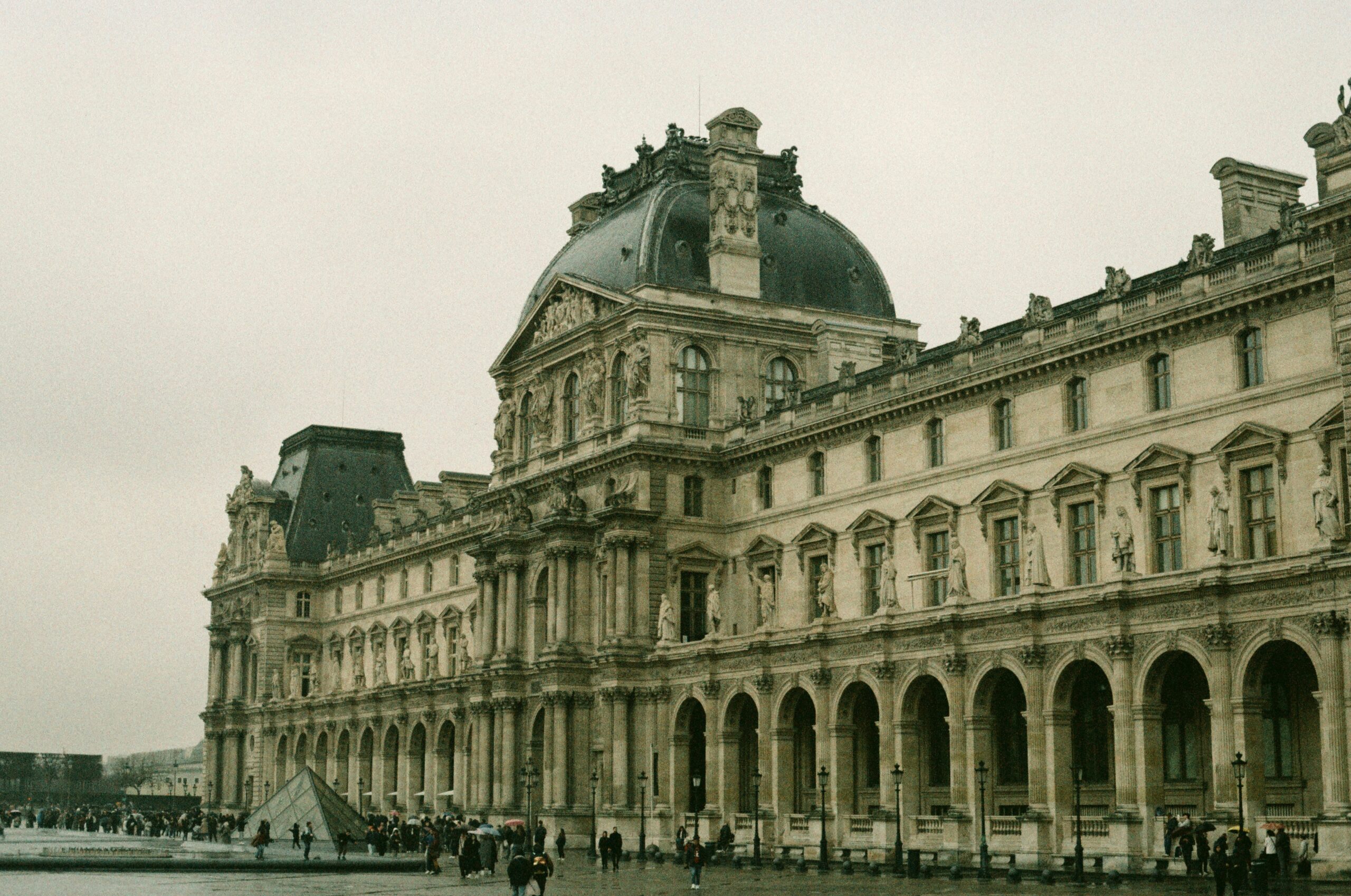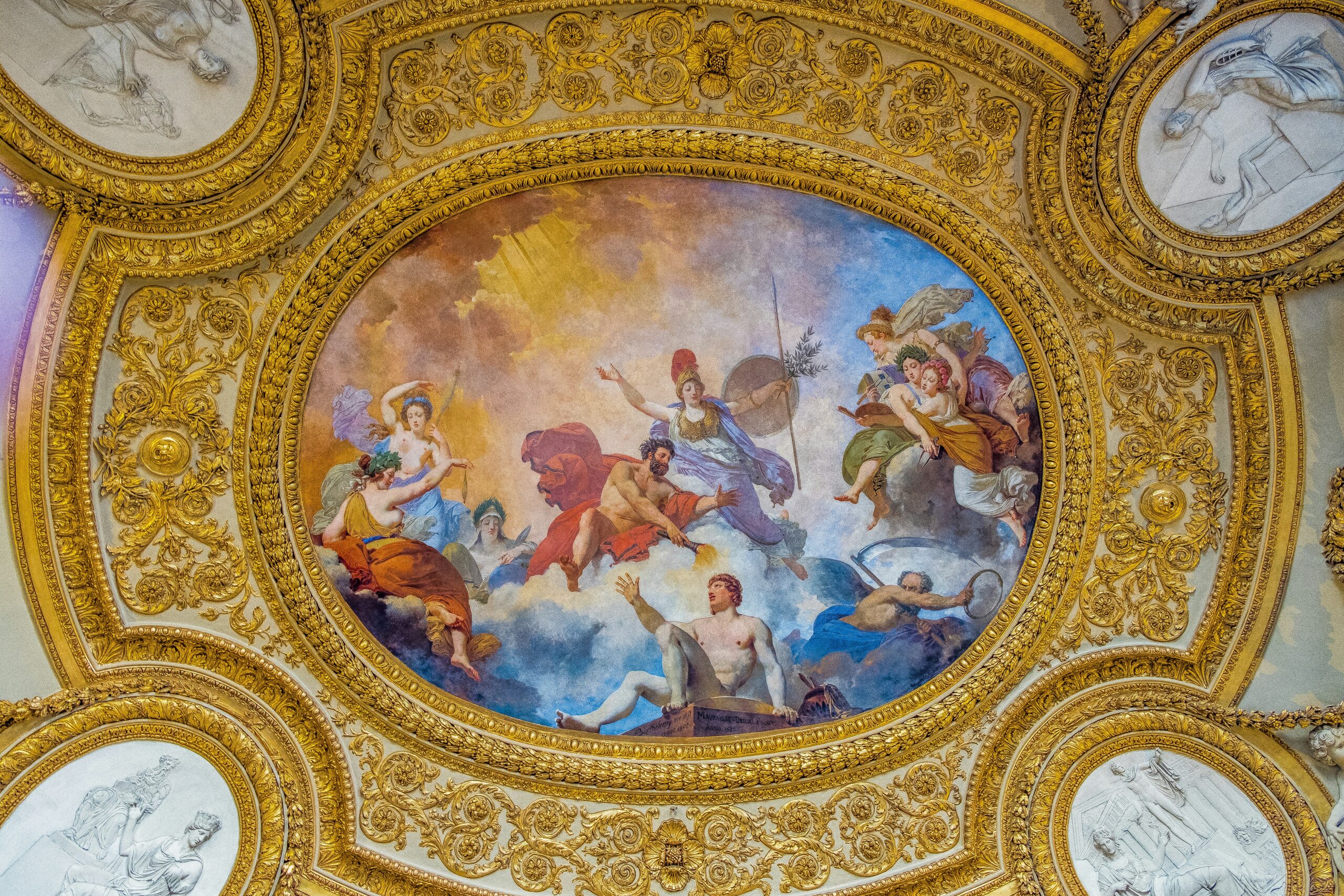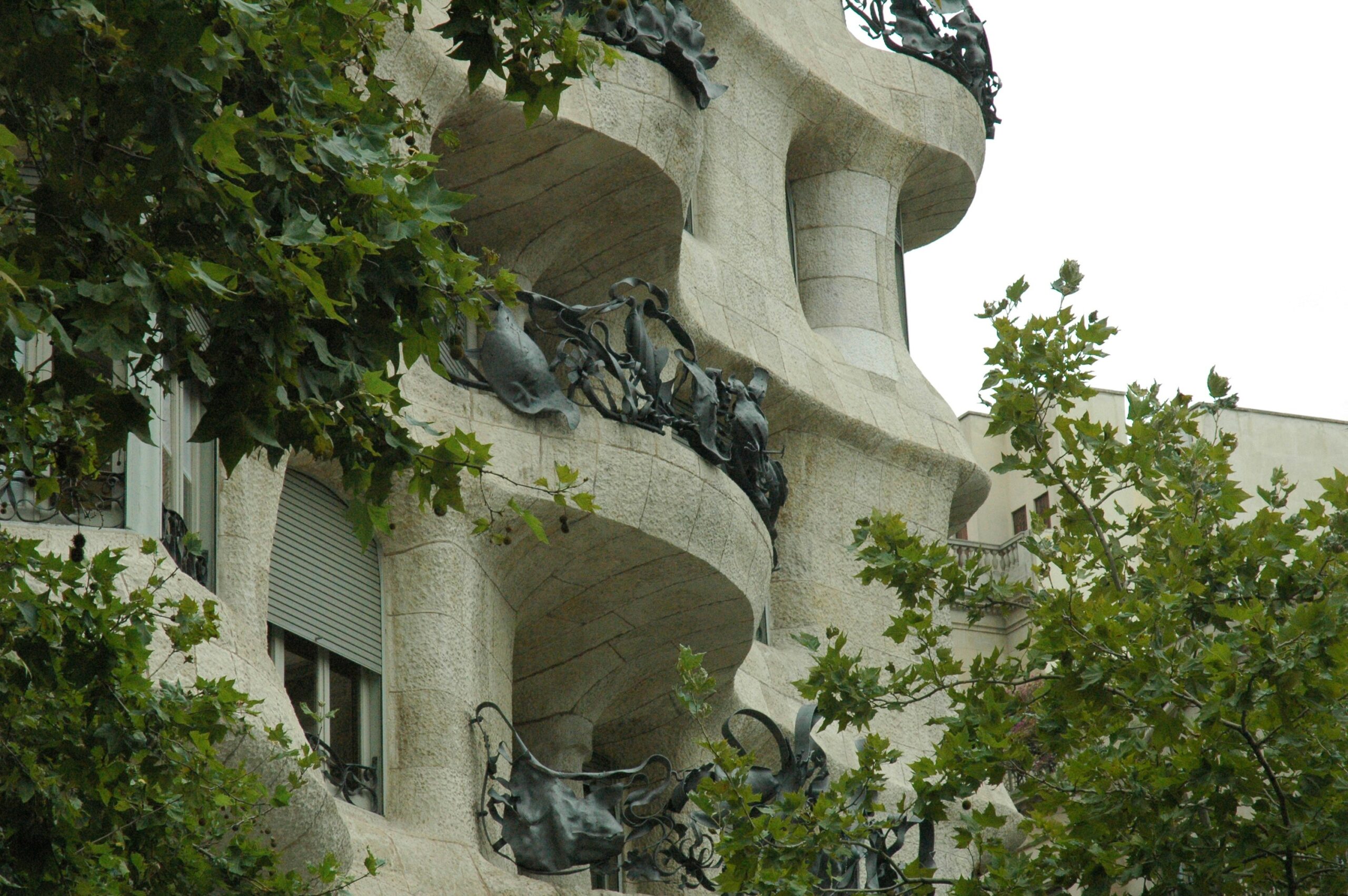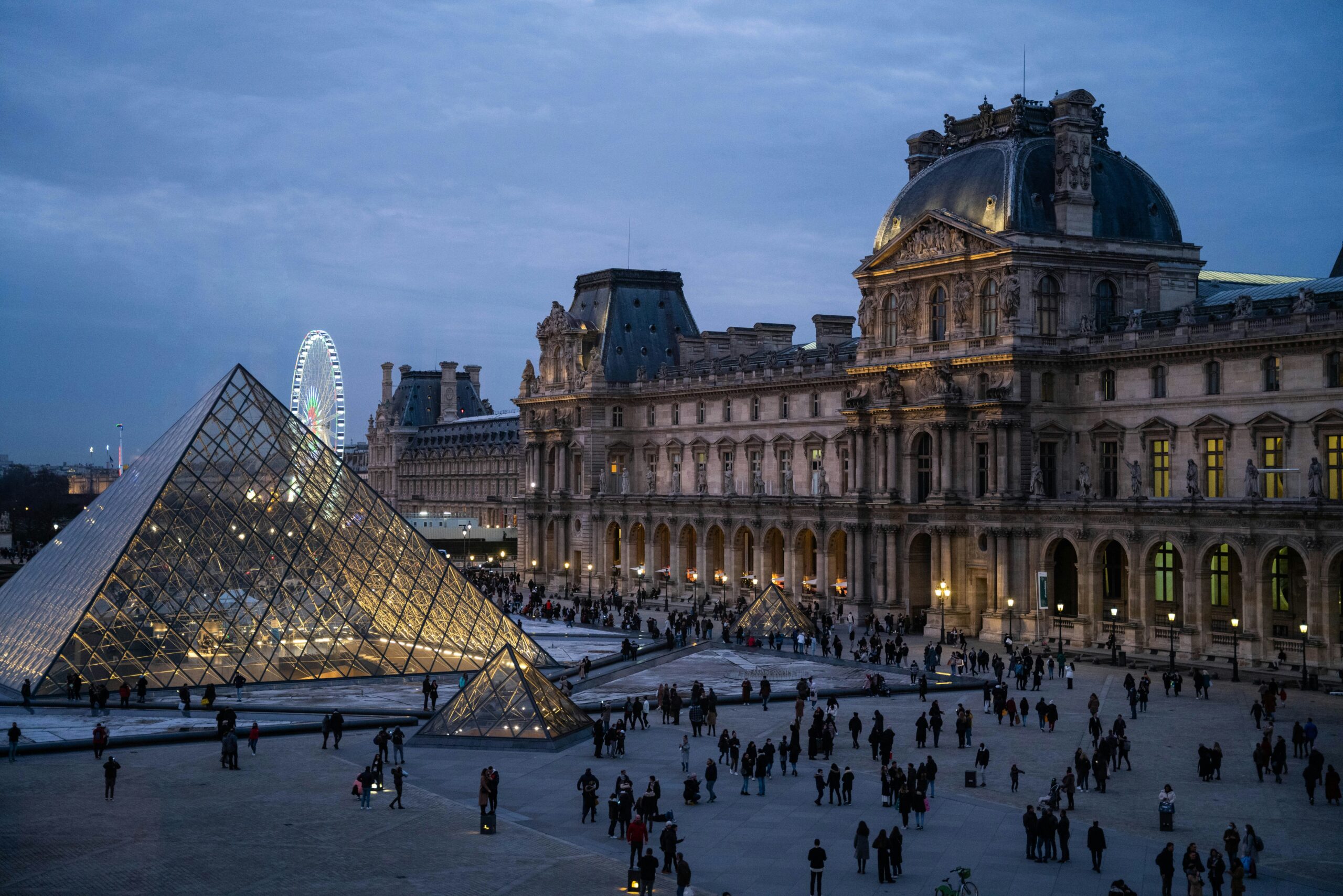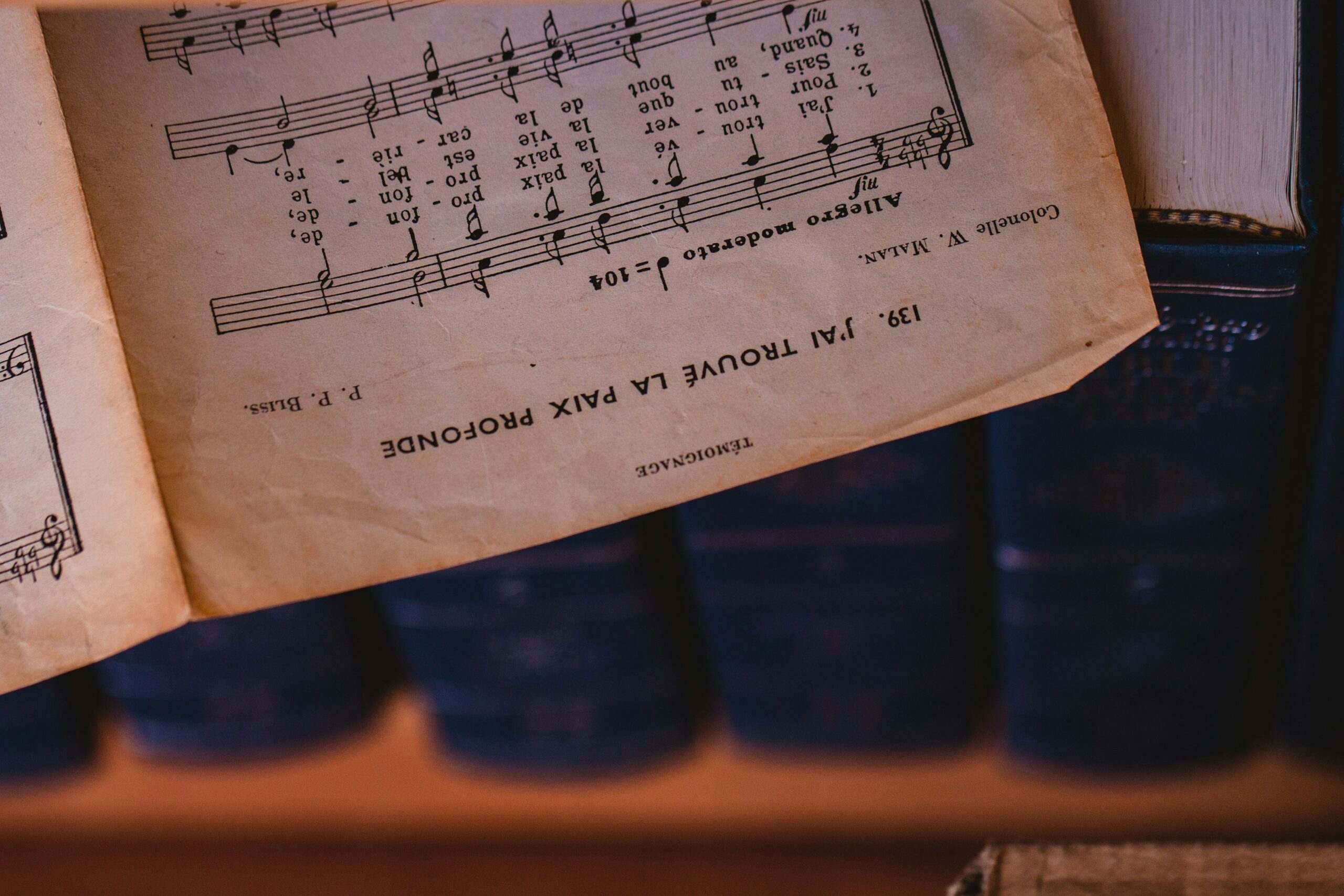French Art and Architecture | A Timeless Legacy
French Art and Architecture | A Timeless Legacy
Introduction
France is home to some of the most iconic art and architectural marvels in the world. Whether it’s the grandeur of Gothic cathedrals, the elegance of Renaissance châteaux, or the creativity of Impressionist paintings, French art and architecture are deeply intertwined, shaping the country’s identity and inspiring cultures across the globe.
Whether you’re a tourist exploring the streets of Paris, a food lover admiring the ambiance of a French café, a history buff fascinated by medieval structures, or simply someone curious about art and design, this guide will take you on a journey through the evolution of French art and architecture, their key movements, and their lasting influence.
- The Foundations: Medieval and Gothic Masterpieces
Medieval Art and Architecture (5th-15th Century)
During the Middle Ages, French art and architecture were largely influenced by religion. Churches and cathedrals became the centerpieces of towns, showcasing incredible craftsmanship.
Gothic Architecture: France’s Gift to the World
- Key Features: Flying buttresses, pointed arches, ribbed vaults, stained glass windows.
- Notable Examples:
- Notre-Dame de Paris – A masterpiece of Gothic design, with its soaring towers and intricate sculptures.
- Chartres Cathedral – Famous for its stunning stained-glass windows.
- Sainte-Chapelle – Known for its breathtaking floor-to-ceiling stained glass.
During this period, French illuminated manuscripts, tapestries, and religious sculptures flourished, with works like the Lady and the Unicorn tapestry symbolizing artistic mastery.
- The Renaissance and Baroque Splendor
Renaissance Art and Architecture (15th-17th Century)
The French Renaissance, influenced by Italy’s artistic revolution, brought harmony, symmetry, and classical themes into both art and architecture.
The Rise of Châteaux and Royal Patronage
- Key Features: Ornate facades, grand staircases, symmetrical layouts, decorative gardens.
- Notable Examples:
- Château de Chambord – A Renaissance masterpiece blending medieval and classical elements.
- Château de Fontainebleau – A royal residence showcasing intricate frescoes and grand interiors.
French artists like Nicolas Poussin and Claude Lorrain painted mythological and historical scenes, emphasizing order, proportion, and realism.
Baroque and Rococo (17th-18th Century)
As the French monarchy reached its peak under Louis XIV, art and architecture became more extravagant and decorative.
The Palace of Versailles: The Ultimate Baroque Symbol
- Key Features: Ornate ceilings, gilded interiors, vast symmetrical gardens.
- Notable Elements:
- The Hall of Mirrors, where chandeliers and mirrors create an illusion of endless grandeur.
- The Royal Gardens, designed by André Le Nôtre, a masterpiece of landscape architecture.
Meanwhile, Rococo art flourished in private salons, favoring pastel colors, playful themes, and intimate compositions. Artists like François Boucher and Jean-Honoré Fragonard captured the opulence and romance of the period.
- The Age of Revolution: Neoclassicism and Romanticism
Neoclassical Art and Architecture (18th-19th Century)
As the French Revolution challenged monarchical extravagance, art and architecture shifted toward simplicity, symmetry, and classical inspiration.
- Key Features: Strong geometric forms, domed roofs, Greco-Roman columns.
- Notable Examples:
- Panthéon (Paris) – A temple-like structure honoring great French figures.
- Arc de Triomphe – A monument celebrating Napoleonic victories.
Painters like Jacques-Louis David created powerful political artworks, such as The Death of Marat, portraying revolutionary ideals.
Romanticism: Emotion and Drama
In contrast, Romantic artists like Eugène Delacroix rejected rationalism, embracing dramatic lighting, intense emotions, and bold colors.
- Notable Work: Liberty Leading the People – A dramatic scene celebrating the power of revolution.
- The Rise of Modernism: Impressionism and Beyond
Impressionism: A New Way of Seeing (19th-20th Century)
In the late 19th century, French painters broke free from academic traditions, focusing on light, color, and movement.
- Key Artists: Claude Monet, Pierre-Auguste Renoir, Edgar Degas.
- Notable Works:
- Impression, Sunrise (Monet) – The painting that gave Impressionism its name.
- Dance at Le Moulin de la Galette (Renoir) – Capturing lively Parisian café culture.
Meanwhile, Art Nouveau architecture emerged, incorporating organic forms and intricate ironwork, seen in Hector Guimard’s Paris Métro entrances.
- French Art and Architecture in the Modern Era
Contemporary Innovations
French architecture continues to evolve, blending historic charm with futuristic design.
- The Louvre Pyramid (1989) – A striking glass structure blending modernity with history.
- La Défense (Paris’ Business District) – Home to futuristic skyscrapers and contemporary urban planning.
French Art Today
Modern French artists and architects continue to innovate:
- Street artists like JR transform cityscapes into thought-provoking canvases.
- Contemporary galleries like Centre Pompidou showcase the latest in abstract and digital art.
Conclusion: A Lasting Influence
French art and architecture are more than historical relics—they continue to shape culture, inspire artists, and define elegance worldwide. Whether admiring a Gothic cathedral, a Monet painting, or a Haussmannian boulevard, you’re witnessing the incredible legacy of French creativity.

